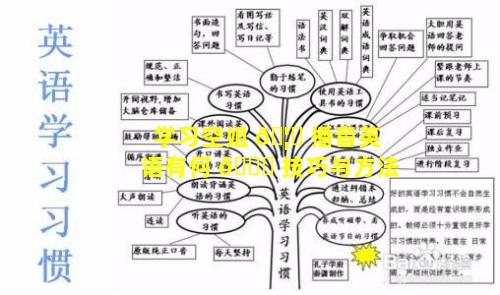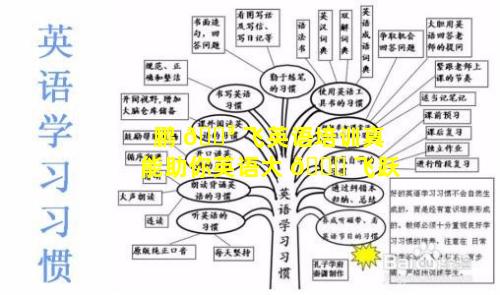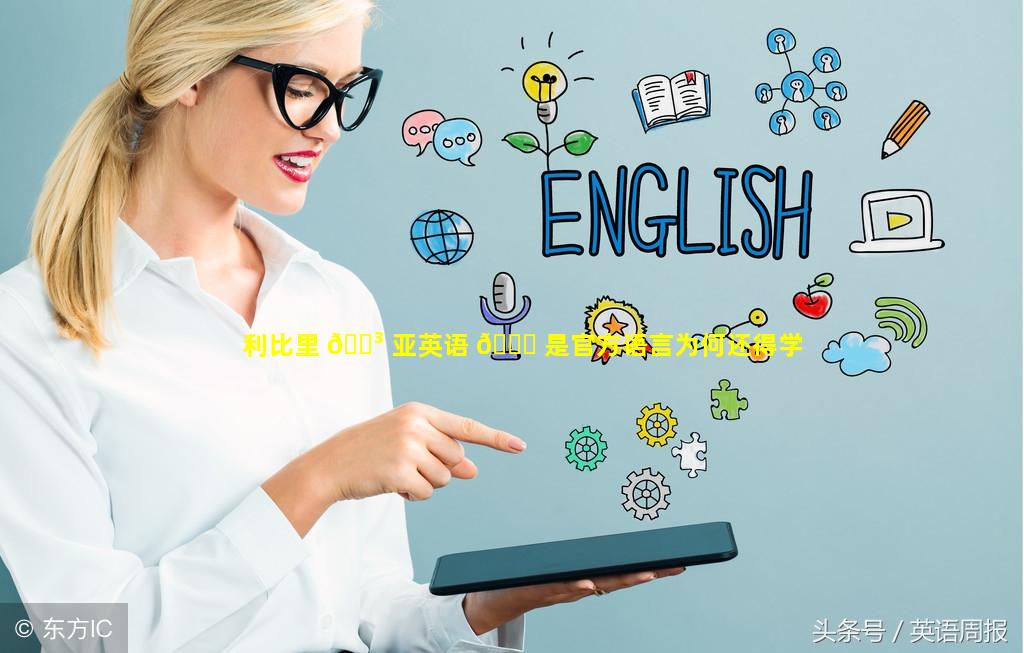琳学习英语的困难究竟怎样能解决
- 作者: 王名熙
- 来源: 投稿
- 2024-10-01
1、琳学习英语的困难究竟怎样能解决
琳学习英语的困难解决方法
1. 诊断困难原因
进行语言评估,确定琳在听力、口语、阅读和写作方面的具体困难。
审查学习方法,确定是否有不足之处。
探讨个人动机和学习态度,了解是否有影响学习的因素。
2. 制定个性化学习计划
根据琳的具体困难,制定针对性的学习计划。
计划应包括改进薄弱领域的具体活动和任务。
设定切合实际的目标,并制定实现目标的时间表。
3. 使用有效的学习方法
鼓励琳使用主动学习方法,例如任务型语言学习 (TBLT) 和内容与语言整合学习 (CLIL)。
推荐使用语言学习应用程序和软件,提供交互式练习和沉浸式体验。
引入差异化教学策略,迎合琳不同的学习风格。
4. 提供沉浸式环境
鼓励琳尽可能多地用英语交流。
为她提供参加英语会话小组或与以英语为母语的人交谈的机会。
提供访问英语电影、电视节目和书籍的资源。
5. 提供支持和反馈
为琳提供持续的支持和鼓励,帮助她克服困难。
定期提供结构化的反馈,指出进步并提出改进建议。
创建一个积极和鼓舞人心的学习环境。
6. 重视动机和态度
帮助琳了解学习英语的好处和重要性。
与她分享成功学习者的故事,激发她的动力。
制定奖励制度,表彰她的努力和进步。
7. 评估进展和调整计划
定期评估琳的进步,并根据需要调整学习计划。
识别仍然存在困难的领域,并探索进一步支持的方法。
庆祝成功,并培养琳对学习英语的信心。
其他建议:考虑是否需要提供特殊语言支持服务,例如语言治疗或补习。
鼓励琳培养自学习惯,并为她提供必要的资源。
与家长或监护人合作,确保他们对琳的学习提供支持和指导。
2、学英语的困难和解决办法英语作文
The Difficulties and Solutions of Learning English
English has become the universal language of communication, making it essential for individuals to acquire proficiency in the language. However, learning English can be a daunting task due to its intricate grammar, vast vocabulary, and nuanced pronunciation. This essay will explore the primary difficulties encountered in learning English and propose effective solutions to overcome these challenges.
Difficulties:
Grammar Complexity: English grammar is notoriously intricate, with its complex verb tenses, conditional clauses, and subtle differences in usage. Learners often struggle to grasp the nuances between similar grammatical structures, leading to errors and misunderstandings.
Extensive Vocabulary: The English language boasts an expansive vocabulary, estimated to comprise over a million words. Acquiring a comprehensive vocabulary is crucial for effective communication, but it can be overwhelming for learners to memorize countless words.
Pronunciation Challenges: English pronunciation can be highly challenging, particularly for nonnative speakers. The language's vast repertoire of vowel sounds, diphthongs, and silent letters make it difficult to produce accurate pronunciations.
Solutions:
Immersion and Practice: The most effective way to improve fluency and overcome grammatical difficulties is through consistent immersion in the language. Reading, listening, speaking, and writing in English on a regular basis provides learners with ample opportunities to practice and reinforce concepts.
Exposure to Authentic Materials: Engaging with authentic English materials, such as books, articles, movies, and podcasts, exposes learners to natural language patterns and usage. This immersion helps them develop a better understanding of grammar and vocabulary in context.
Focus on Meaningful Communication: Rather than solely focusing on memorizing rules and vocabulary, learners should prioritize meaningful communication. Engaging in conversations, writing essays, and participating in group discussions allows them to apply their knowledge in practical settings.
Use of Language Learning Apps: Technology provides powerful tools for language learning. Apps such as Duolingo, Babbel, and Rosetta Stone offer structured lessons, interactive exercises, and personalized feedback, making it easier and more efficient for learners to progress.
Personalized Learning: Every learner has unique strengths and weaknesses. Personalized learning plans that cater to individual needs can significantly enhance progress. Learners should assess their strengths and target areas for improvement, seeking guidance from teachers or language tutors if necessary.
Conclusion:
Learning English can be challenging, but the rewards of proficiency are immeasurable. By embracing the difficulties, implementing effective solutions, and maintaining consistent effort, individuals can overcome the obstacles and achieve fluency in the global language of communication. With a commitment to immersion, exposure to authentic materials, meaningful communication, technological tools, and personalized learning, learners can unlock the transformative power of English and reap the benefits it offers in their personal and professional lives.

3、学英语遇到的困难和解决办法
遇到的困难词汇量有限:英语单词数量庞大,尤其是非母语人士,难以掌握。
语法规则复杂:英语语法规则多变且有例外,容易混淆。
发音不准:英语的许多单词发音与拼写不一致,导致沟通困难。
听力能力差:英语的语速和口音变化很大,难以跟上。
缺乏语境:脱离真实语境学习英语,难以理解其实际用法。
缺乏动力:学习英语需要长时间坚持,容易产生厌倦和挫败感。
解决办法扩大词汇量:制定背单词计划,利用单词书、app和英语材料。
掌握语法规则:深入理解语法规则,进行练习和,避免错误。
纠正发音:借助语音识别软件、听力材料和与母语人士交流来改善发音。
提升听力能力:多听英语播客、新闻和电影,适应不同的语速和口音。
沉浸在英语环境:观看英语电影、阅读书籍、结交说英语的朋友。
寻找学习伙伴:与同学或朋友一起学习,相互鼓励和督促。
制定学习计划:设定学习目标和日程,保持学习节奏。
利用科技:借助翻译软件、语言学习app和在线课程辅助学习。
保持积极心态:避免自我怀疑和挫败感,相信自己的能力,从错误中吸取教训。
享受学习过程:选择感兴趣的材料和话题学习英语,让学习变得有趣。
4、学英语时遇到的困难如何解决
语言学习障碍的解决方法
词汇量不足制定阅读计划,每天阅读英语文章和书籍。
随身携带词典或使用翻译应用程序。
参加单词学习小组或应用程序。
专注于学习常用词汇和短语。
语法理解困难复习英语语法基础知识,并定期联系应用。
分析英语文本,找出句法模式。
参加语法课程或在线教程。
与英语母语者交谈,获得反馈和指导。
发音不标准练习舌部和嘴唇动作。
聆听英语母语者说话,模仿他们的发音。
使用语音识别软件检查自己的发音。
找一位语音教练或参加发音课程。
口语流利度不足大声朗读文本,练习流畅度。
加入语言学习小组或与英语母语者进行会话。
使用语言学习应用程序或在线平台进行口语练习。
创造机会与英语使用者交谈,提高信心。
听力理解困难尽可能多地聆听英语音频或视频。
从简短的对话开始,逐渐增加难度。
使用字幕或脚本作为辅助。
专注于理解关键信息和关键词。
写作困难阅读英语文章和书籍,分析它们的结构和风格。
练习英语写作,并寻求反馈和指导。
使用语法和拼写检查工具。
针对特定的英语写作风格进行练习,例如学术写作或商务写作。
其他建议设定现实的目标:不要试图一次性掌握英语。
保持耐心和坚持:学习英语需要时间和努力。
营造英语环境:用英语看电影、听音乐、阅读书籍。
寻求支持:加入学习小组、找一位导师或与英语母语者交朋友。
不要害怕犯错:错误是学习过程的一部分。
保持积极的态度:相信自己,并享受学习过程。




